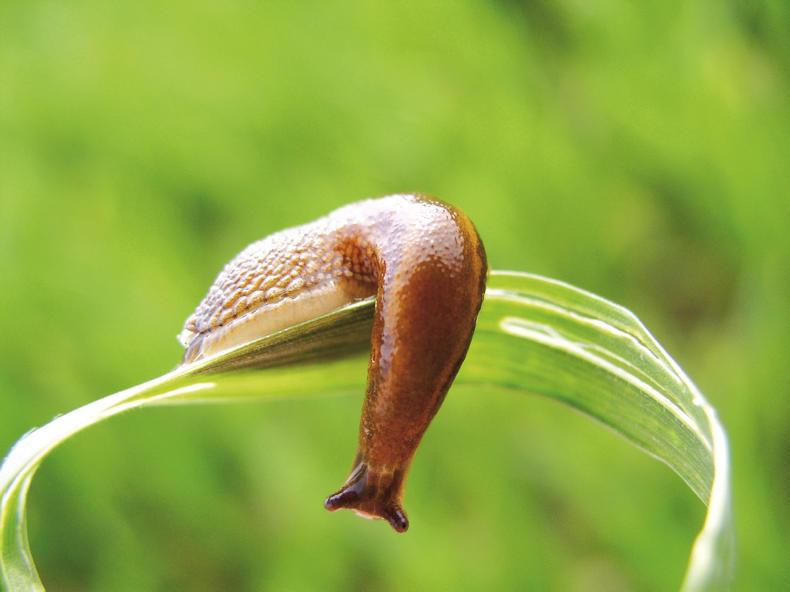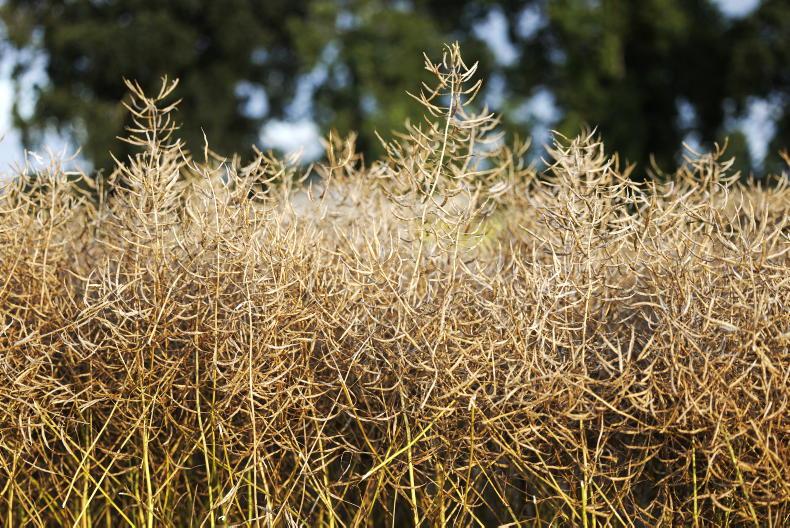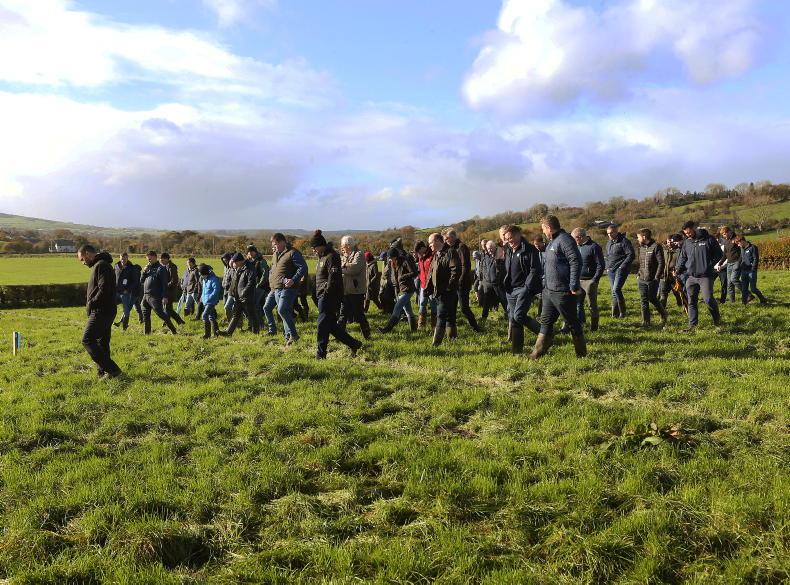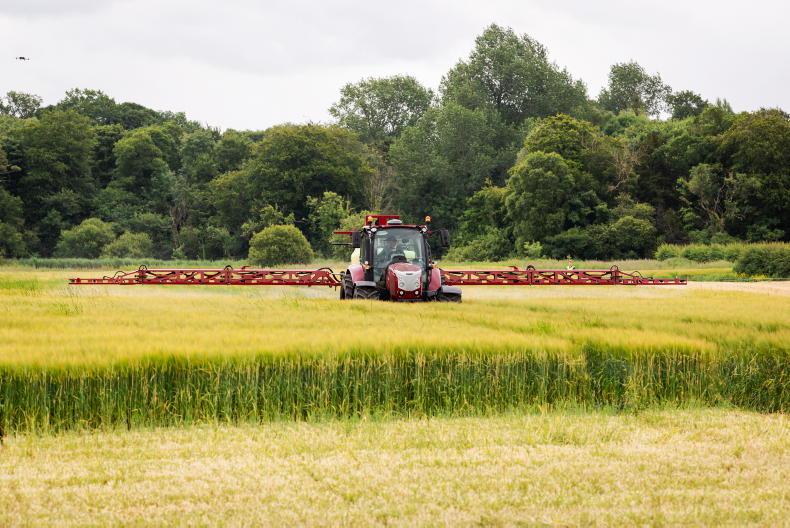The AHDB is investing £120,000 into targeted slug control to treat prone patches within fields.
A new project will focus on the application of slug treatments, such as ferric phosphate and biological controls, in specific areas of fields.
This is hoped to make alternatives to metaldehyde more commercially viable.
Authorised for use
Earlier this year metaldehyde based pellets were authorised for use, despite concerns the treatment was to be banned.
Charlotte Rowley, who manages pest research at the AHDB, said: “Plans to withdraw metaldehyde-based slug pellets were derailed earlier this year, but authorisation remains fragile.
The investment will be used to identify the optimum combination of soil characteristics
“There is tremendous interest in more precise application, as it will help reduce input costs and pollution risks to watercourses.
"It will also increase the viability of options associated with higher treatment costs, such as ferric phosphate and biological control.”
The investment will be used to identify the optimum combination of soil characteristics needed to pinpoint patch locations.
It will also be used to investigate how to create targeted application plans based on soil maps.
The project started in August 2019 and will finish in April 2021.










SHARING OPTIONS